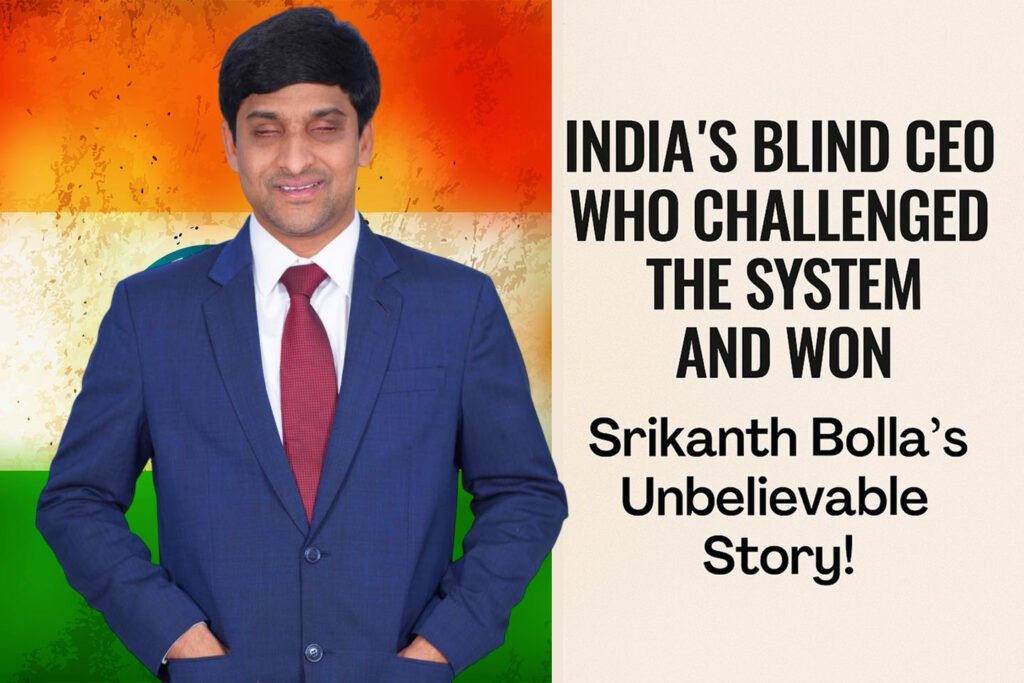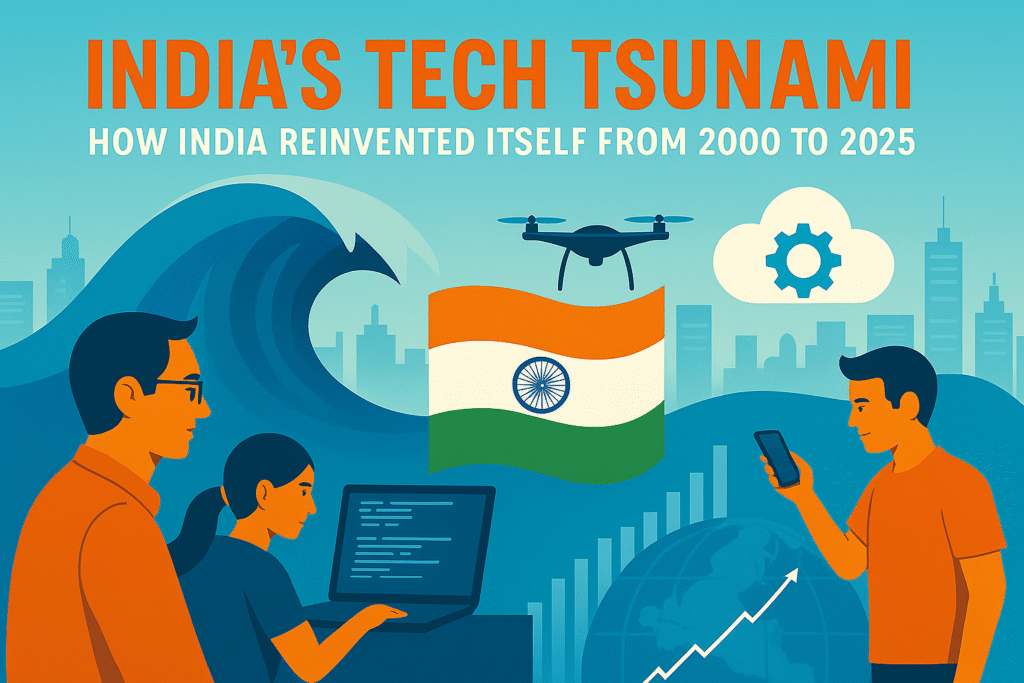
The recent surge of AI-generated images emulating Studio Ghibli’s iconic style has captivated the internet. With a simple text prompt, anyone can produce visuals reminiscent of Hayao Miyazaki’s masterpieces. This phenomenon showcases AI’s remarkable capabilities in the creative realm. Yet, it also raises pressing questions: Is this the dawn of a new era in design, or does it signal the obsolescence of human artists?
The Rise of Ghibli-Style AI Art: A Digital Renaissance
Studio Ghibli, founded by Hayao Miyazaki, is renowned for its hand-drawn animations that delve into the complexities of human experience. The studio’s unique aesthetic has inspired countless artists and now, AI enthusiasts. OpenAI’s ChatGPT, equipped with advanced image-generation features, has enabled users to create “Ghiblified” versions of personal photos and more. This trend gained momentum when a Seattle-based engineer shared an AI-generated family portrait in Ghibli style, which quickly went viral.
AI’s Artistic Prowess: Beyond Mere Replication
Modern AI models, such as OpenAI’s GPT-4o, utilize sophisticated algorithms to analyze and reproduce intricate art styles. These models are trained on vast datasets, allowing them to grasp nuances in texture, color, and composition. The result is not just a mechanical reproduction but creations that resonate emotionally with viewers. This capability signifies a shift from AI as a tool for functional tasks to one that can engage in artistic expression.
Empowering Designers: AI as a Collaborative Tool
For designers, AI offers tools that can enhance creativity and efficiency. Tasks that once consumed hours can now be accomplished in minutes, allowing designers to focus on conceptual development and innovation. AI can assist in generating ideas, automating repetitive tasks, and even suggesting design alternatives, thereby expanding the creative horizon.
The Double-Edged Sword: Job Enhancement vs. Job Displacement
While AI augments the capabilities of designers, it also poses a threat to traditional roles. According to a report by the World Economic Forum, graphic design is among the professions most susceptible to AI-driven automation. The ability of AI to produce high-quality designs rapidly and at a lower cost may lead businesses to reconsider their reliance on human designers, especially for routine tasks.
Ethical and Legal Quandaries: Navigating Copyright in the AI Era
The replication of distinct art styles by AI raises significant copyright concerns. Studio Ghibli’s co-founder, Hayao Miyazaki, has expressed disdain for AI-generated art, viewing it as an affront to human creativity. Legal frameworks worldwide are grappling with the question of authorship and ownership of AI-generated works. In India, the Copyright Act of 1957 does not explicitly address AI-created content, leading to ambiguity regarding rights and protections.
India’s Creative Economy: At the Crossroads
India’s creative sector is a significant contributor to the economy, with projections indicating continued growth. According to the FICCI-EY report titled “Shape the Future: Indian Media and Entertainment is Scripting a New Story,” the Indian media and entertainment (M&E) sector reached a total value of ₹2.5 trillion (US$29.4 billion) in 2024, marking a 3.3% increase from the previous year. Digital media emerged as the largest segment, contributing 32% to the overall revenues. The report forecasts that the M&E sector will grow by 7.2% in 2025, reaching ₹2.7 trillion (US$31.6 billion), and continue expanding at a compound annual growth rate (CAGR) of 7% to reach ₹3.1 trillion (US$36.1 billion) by 2027. The integration of AI into this sector presents both opportunities and challenges. While AI can drive innovation and efficiency, it also necessitates a reevaluation of skill sets and job roles within the industry.EVENTFAQS Media+8FICCI+8BMI+8BMI+2Made in Media+2EY+2
Preparing for the Future: Embracing Change
As AI continues to permeate the design world, professionals must adapt by acquiring new skills and embracing lifelong learning. Understanding AI tools and their applications can position designers to work alongside AI, leveraging its capabilities while bringing uniquely human insights to the creative process. Educational institutions and industry bodies must collaborate to ensure that curricula reflect the evolving landscape, equipping future designers with the competencies needed in an AI-augmented environment.
Conclusion: Harmonizing Human and Artificial Creativity
The emergence of AI-generated Ghibli-style art exemplifies the transformative potential of artificial intelligence in the creative domain. While it offers tools that can enhance and expedite the design process, it also challenges traditional notions of authorship, originality, and employment. The path forward lies in a balanced approach that leverages AI’s strengths while preserving and valuing human creativity. By fostering collaboration between designers and AI, the creative industry can navigate this new landscape, ensuring that technology serves as an enabler rather than a replacement.


